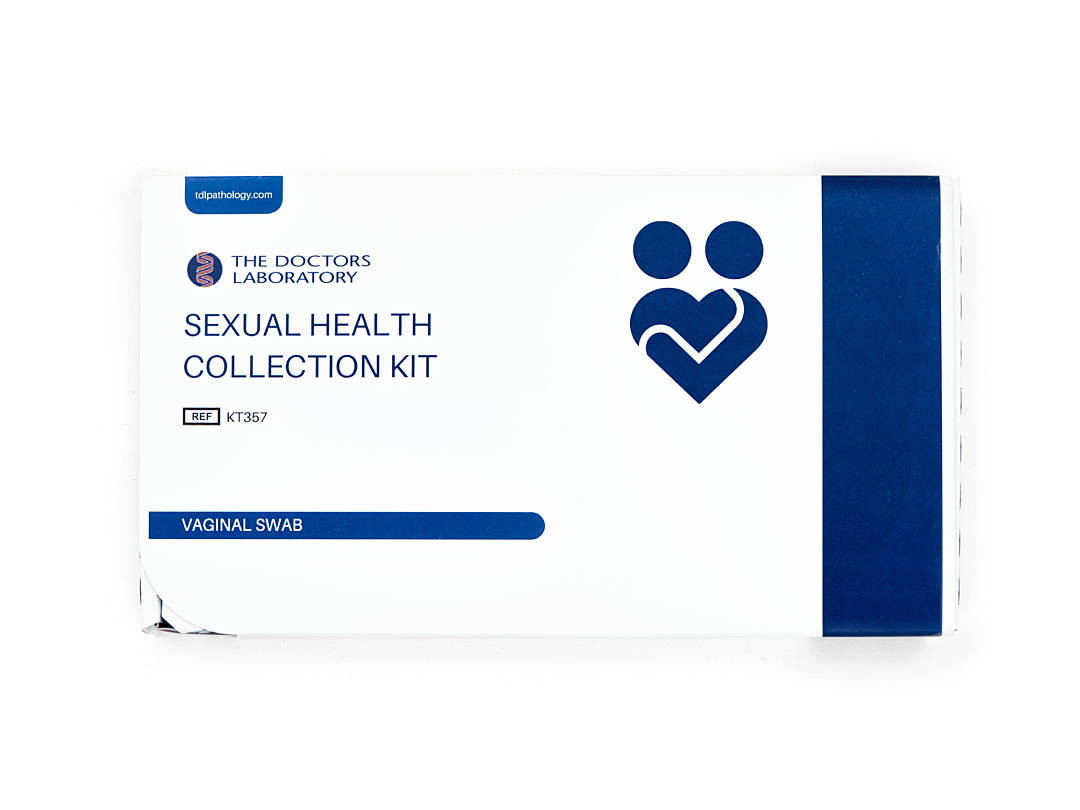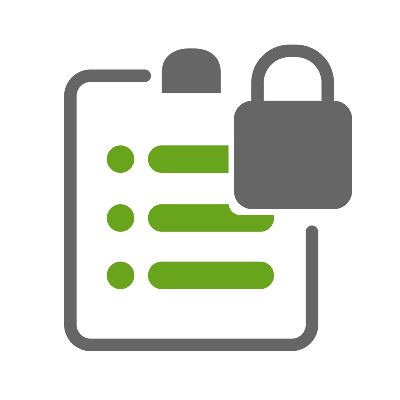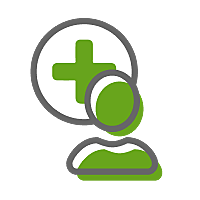Chlamydia Test Kit
If you need to take a chlamydia test, you can request a chlamydia test kit through our online doctor service.










-
If you think you have chlamydia, you can order a chlamydia test kit through our website. For females, this involves taking a vaginal swab. For males, a urine (pee) sample will be collected. You can get your test results back within 3 to 7 days.
To order your chlamydia test kit through our service, select ‘Get started’. You will be asked to complete a short, medical questionnaire. Your chlamydia home test kit will be sent through the post, with discreet packaging. This means you can test yourself without having to wait for an appointment.



-
-
Chlamydia test kits can test for chlamydia in both men and women. If you think you have chlamydia or have had unprotected sex, you can order a chlamydia test kit. This has everything you need to take the test, which includes a urine sample for men and a vaginal swab for women.
-
-
It is important to get regularly tested for STIs if you have unprotected sex or have a new sexual partner. Chlamydia often has no symptoms, which makes testing important. This way, you will not pass it on to your sexual partner without knowing. Chlamydia can also cause other health concerns if not treated.
-
-
You can take a chlamydia test by ordering a chlamydia test online, through our website. You can also get tested at:
- your GP
- a local sexual health clinic or service
- your pharmacy, but please be aware not all pharmacies offer this service
If you are taking a chlamydia home test kit, make sure to follow the instructions in the pack. For males, you will need to collect a sample of your urine, from the first half of your flow. For females, chlamydia testing involves taking a swab of the inside of your vagina. This is because testing with urine is not as accurate in women.
-
-
A chlamydia test should only take a few minutes. If you are doing it at home, it should take around 10 minutes. You can then package it up and send it to our lab.
If you go to a sexual health clinic, you might have to wait to get a chlamydia test. If you do not have an appointment, the receptionist can let you know the waiting time.
-
-
You should get tested for chlamydia if:
- a sexual partner has told you they have tested positive
- you have symptoms of chlamydia
- you have had unprotected sex with a new sexual partner
Chlamydia is more common in people under the age of 25, so it is recommended to test at least once a year if you are under 25.
If you have no symptoms, you should wait 2 weeks after having unprotected sex to get a chlamydia test. You may not get an accurate result if you test yourself before this.
-
-
Once you have finished your test, send your results to our laboratory as soon as possible. Once we have received your sample, your results will be available in your online account within 2 to 3 days.
-
-
Your result will either tell you that you have tested positive or negative for chlamydia. If you test negative, this means you did not have chlamydia at the time of testing. If you have symptoms or still think you have chlamydia, your doctor might recommend taking another test.
If you test positive, this means you have chlamydia and need treatment. Our doctors will provide advice and help you get the right treatment.
-
-
If you do not have chlamydia, you do not need to do anything else. If you test positive, you must get treatment. Our doctors can help you with this. You should also speak to anyone you have had unprotected sex with, as they will need to get tested too.
-
-
Home STI tests have been found to be just as accurate as getting a test taken by a healthcare professional. To make sure your results are accurate, you should wait at least 2 weeks after sexual activity and take the test accurately. You can find all the information you need to take your test included in your chlamydia home test kit.
-
-
Chlamydia is one of the most common STIs in the UK. It is more common in people under 25 who regularly change sexual partners and often has no symptoms. It is caused by bacteria, which is spread through contact with infected semen or vaginal fluid and through sex.
-
-
The main symptoms of chlamydia are:
- unusual discharge
- pain when urinating (peeing)
- bleeding between periods or after sex in females
- itching or burning in the urethra (the tube your urine passes through) in males
Most people will not have any symptoms at all.
-
-
Chlamydia is treated with antibiotics and can be cured easily if treated early. The usual antibiotic used is doxycycline, which is taken for 7 days.
If left untreated, chlamydia can cause other health problems, like infertility. If these treatments are not suitable for you, your doctor will prescribe a different antibiotic. Side effects of chlamydia treatment are usually mild.

Dr Kathryn Basford is a qualified GP who works as a GP in London, as well as with ZAVA. She graduated from the University of Manchester and completed her GP training through Whipps Cross Hospital in London.
Meet our doctorsArticle created: 25 Feb 2022
Last reviewed: 25 Feb 2022
-
Chlamydia (2021) NHS (accessed 20 February 2022)
-
How long should I wait before I test? (2020) Oxford University Hospitals NHS Foundation Trust (accessed 20 February 2022)
-
Sexually transmitted infections (STIs) (2021) NHS (accessed 20 February 2022)
-
Swab-yourself Trial With Economic Monitoring and Testing for Infections Collectively (SYSTEMATIC): Part 1. A Diagnostic Accuracy and Cost-effectiveness Study Comparing Clinician-taken vs Self-taken Rectal and Pharyngeal Samples for the Diagnosis of Gonorrhea and Chlamydia (2021) Oxford University Press (accessed 20 February 2022)
-
Visiting an STI clinic (2018) NHS (accessed 20 February 2022)


GMC: 7074021

GMC: 6149061

GMC: 7085115







